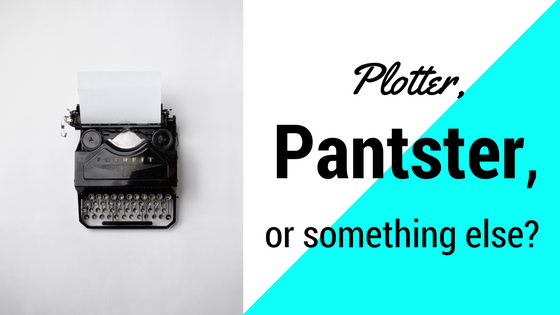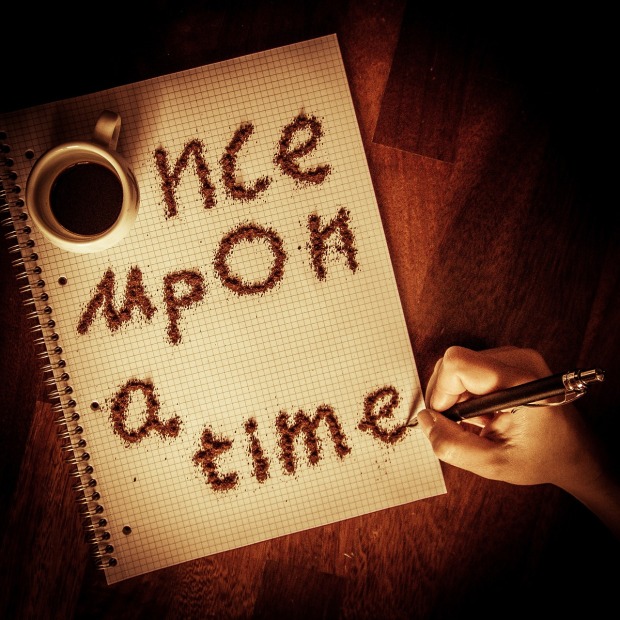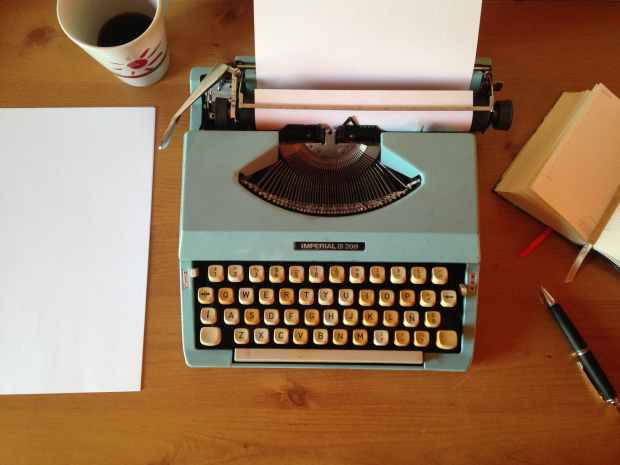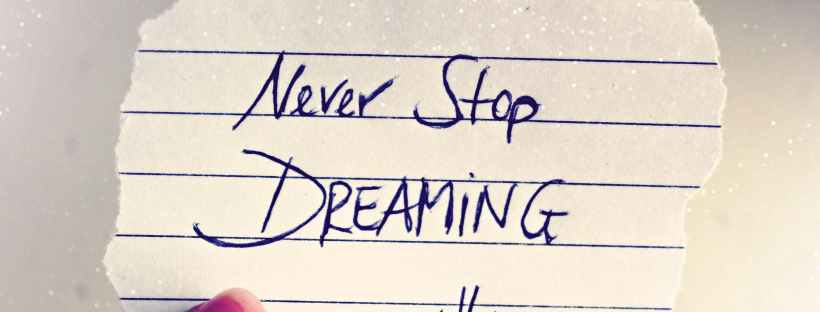
If you are a serious writer, which I must be as I bought a pack of coloured biros, and serious writers need them, you will have worked out whether you are a plotter or a pantster.
Actually, you might not have worked it out, but you surely have come across those terms by now. Plotters plot, and pantsters pant. Well no, pantsters just have a germ of an idea, some great characters and then they see what happens when they let them loose.
Plotters spend ages and ages and ages buying lots of pretty stationary, (remember the coloured biros), and little notecards or post-its, or use Scrivener, or print out a beat sheet that works for genre. They spend hours and hours working through their plot, they know their characters inside out, they know what their inciting moment is going to be, they know their lowest point, they know how they are getting from A to B, and then to C, D, E, etc
Pantsters don’t need to do any of that, as long as they know their characters inside out, and the ‘what’ part of their story. Their one line sentence – its about a girl who went in search of her birth mother. Or, its about a man who wanted revenge on an ex-girlfriend. Something. They need to know what their book is about, the setting, the start and the moment it is all going to kick off. Then they can let their characters lead them on the trip of a lifetime.
So long as you know which type of writer you are, all is well with the world. Plotters have confidence in their well thought out plot, and presumably they have read numerous self-help writing books on plotting and beats and the three Act story/film/play.
My favourite book on plotting has to be Save The Cat by Blake Snyder. Once read, never forgotten.
Pantsters have confidence in their ability to let their characters lead them. If the plot gets stuck, don’t panic, ask a few ‘what if’ questions, see what gets your creative juices going, and then set off again.

Neither way is perfect, both ways you still have to edit, and as we all know a first draft is still just a first draft. Just get it done.
And then there’s me. Neither one nor the other.
I must be that breed betwixt and between a plotter and a pantster; something organic. I shall call myself a PLANSTER. Do you like that? Organic, plants?
I get these great ideas for a story, or maybe just a scene arrives in my head, probably sparked off by something I’ve seen, or read about and I have to get it down.
Which is a bit of a pantster I suppose.
But then I do like to try plotting out where I think I’m going. I like coloured biros, I like coordinated note cards and post-it notes, I like the cork board thingy on Scrivener and I’ve read Save The Cat.

I like to take my idea. Find my characters. Get a notebook and start scrawling everything down, and then I start to plot. Generally with physical bits of paper and card, strewn all over the table. Actually no, laid out in lines across the table, with Act 1, on the first card. Then I move along until I get to the end of the row and I label it ‘inciting moment’. Generally I know what is happening here. The rest of the row is a blank.
Second row is the same. Act 2, all the way across to the last card which is the turning point. Generally I have this scene in my head, and I write it down.The rest of the row might have a few notes, but generally blank.
Third row, exactly the same, blank, blank, blankety blank, all the way across to the last card which is the lowest point. I definitely know what happens here, the scene has rolled out in my brain so many times I could get an Oscar for it.
Last row, I tend to know a lot of what is happening, mostly. I know the last scene, (the opposite of the first scene to keep it balanced), I’ve thought of plenty of plot twists and loose ends and all sorts of things that will have to go into this bit.
But here’s the thing. There’s an awful lot of blanks in this book when I am plotting. A lot.
So I have plotted the basic framework. I know what the book is about. I know my characters, I have interviewed them, made up a mood board, collected photographs etc for inspiration. I have my setting, and I have my major scenes written, (in my head). But I just haven’t got completely from A to b to C etc. More like jumping on the tube and going straight to the last station.
I am a PLANSTER.
My story grows in my head as I think about it. Over the weeks and months it takes to write the book, scenes pop up in my brain, and I write them down. I do not write in a linear fashion, in a straight line. I go where I am led. When I get inspired I write it down quick. It grows organically.
Ideas come to me the more time I spend on the project, and as I get more and more scenes written, more and more naturally lead to the next part. But I have no problem writing the story backwards, forwards, missing bits out and coming back. It works for me.
Its like someone throws a bit more Baby Bio, or organic compost on this tiny little plant, and then it just mushrooms, growing roots, branches, flowers and fruit as it develops.
The plant supports are there, its firm structure is there, it just grows to fill its space.
I know the ‘what’ of the book. But the little bits will arrive, bit by bit.
So, what sort of writer are you?
Plotter, a pantster or … an organic, let it grow as you go, plantser?









